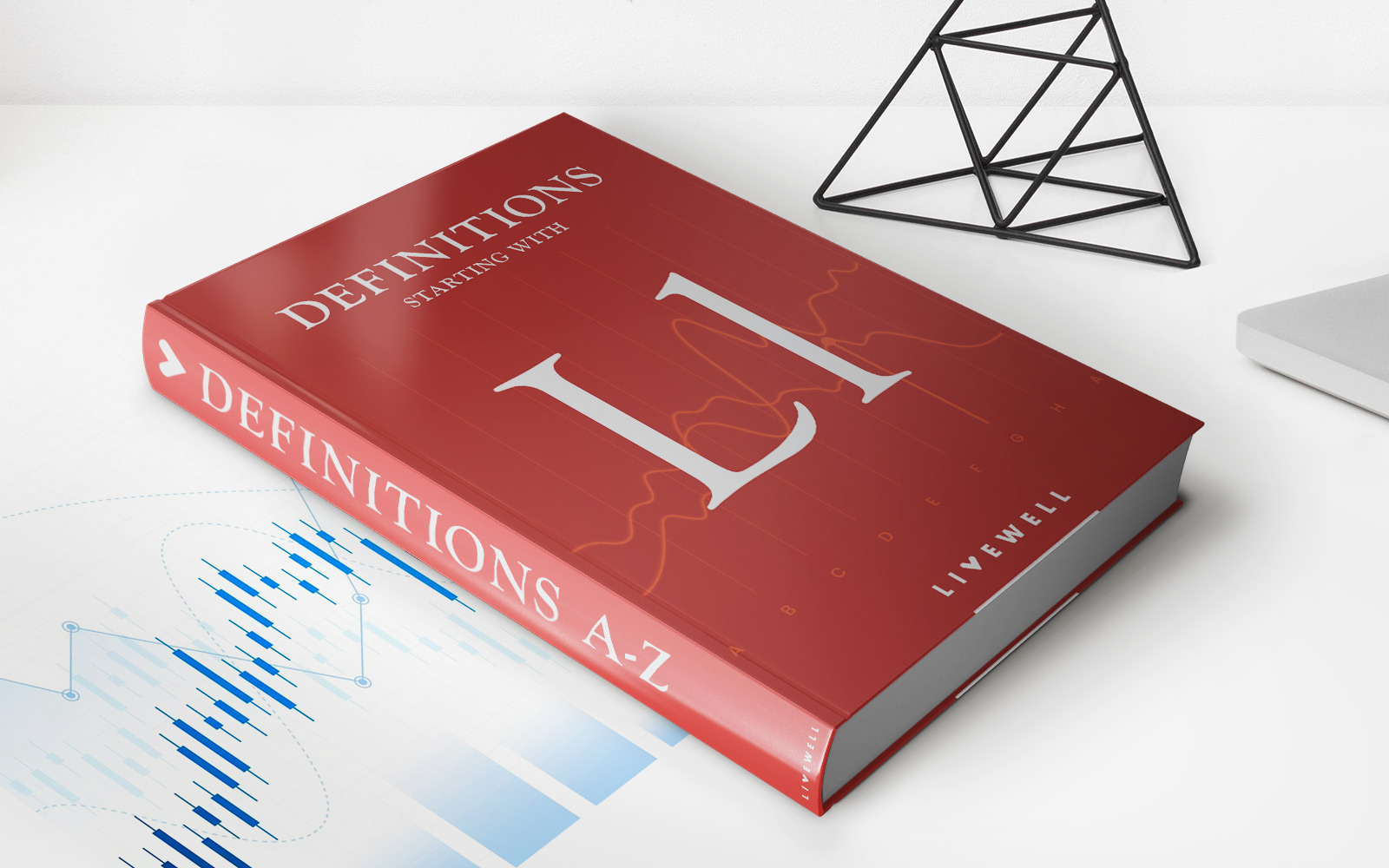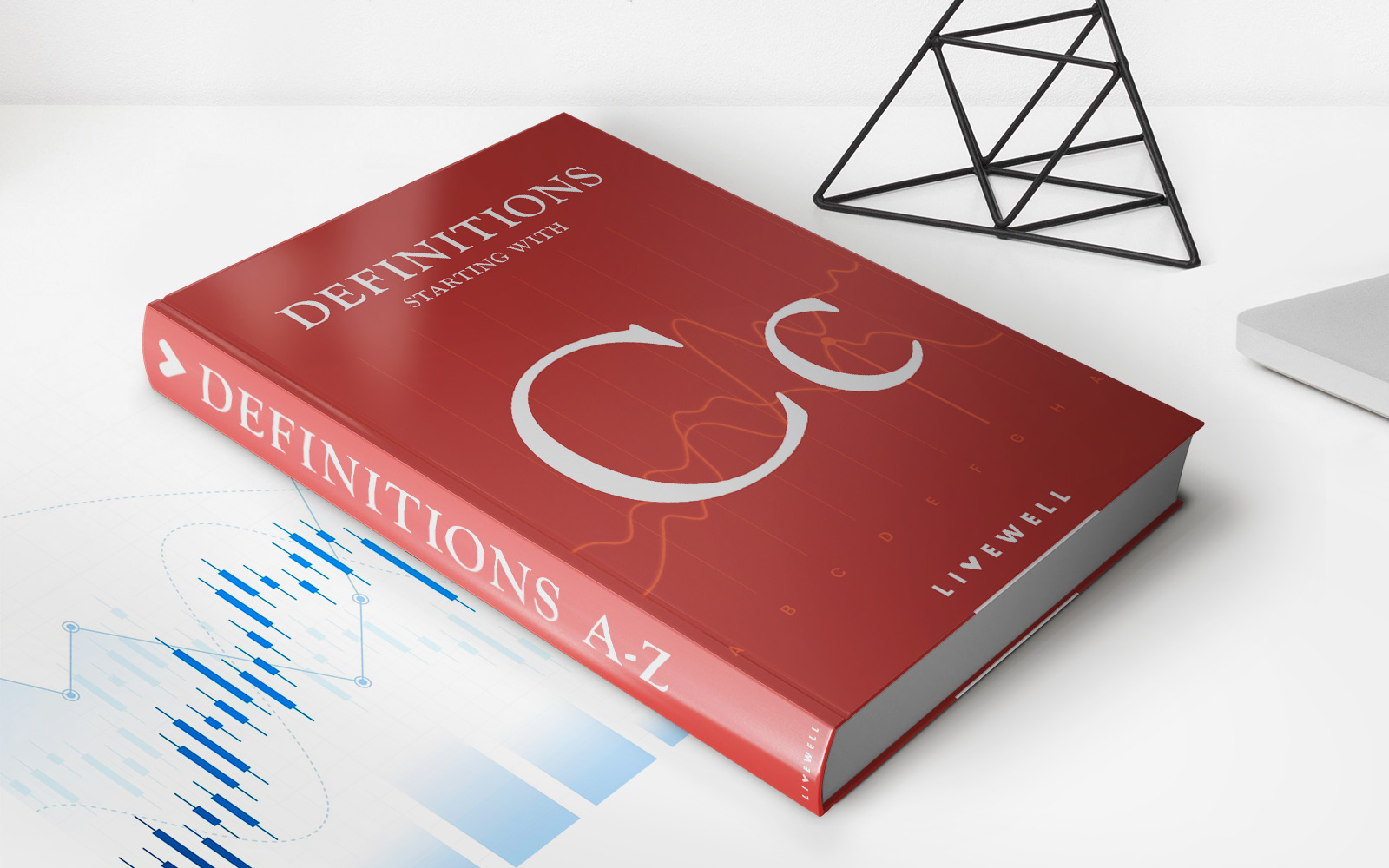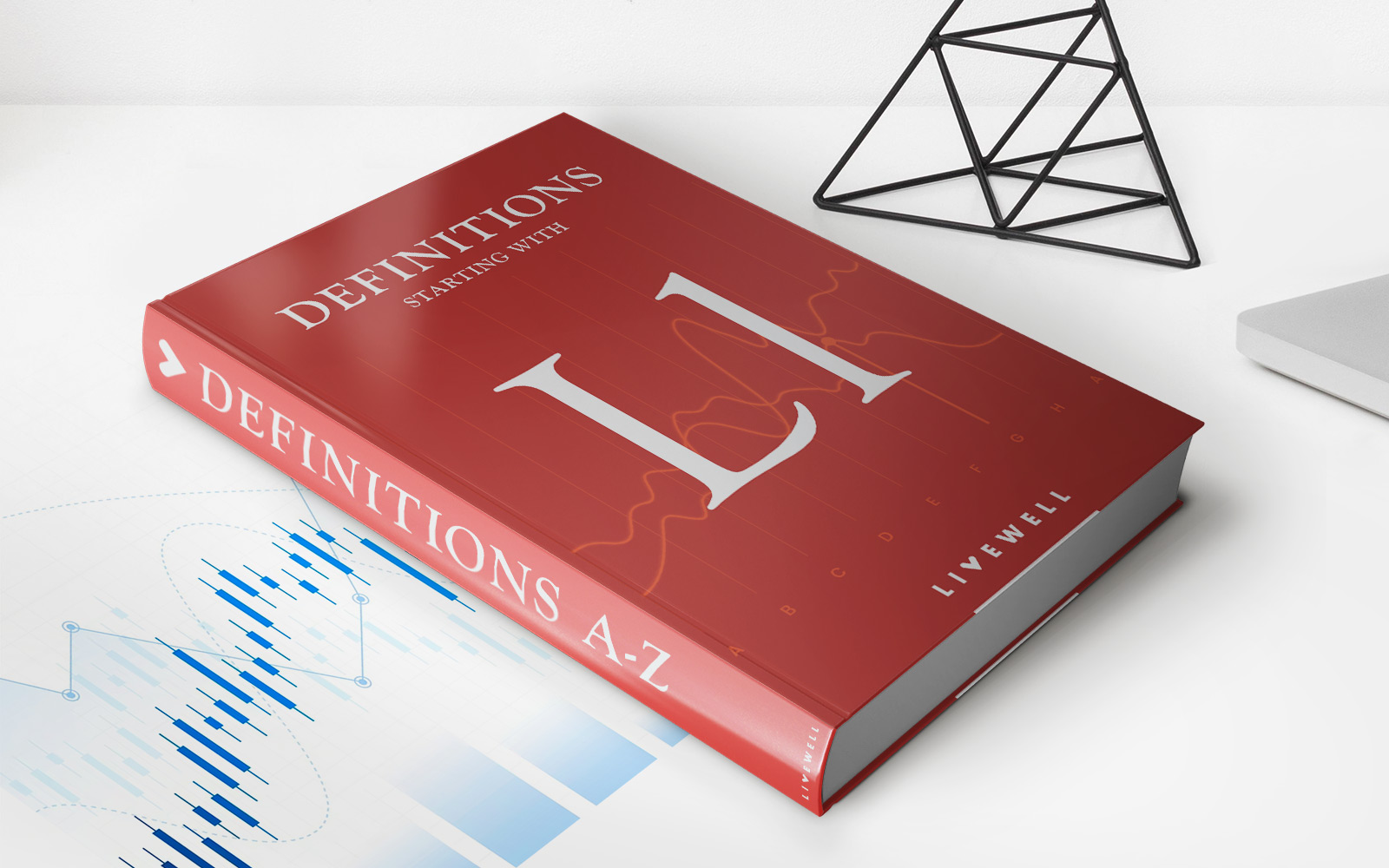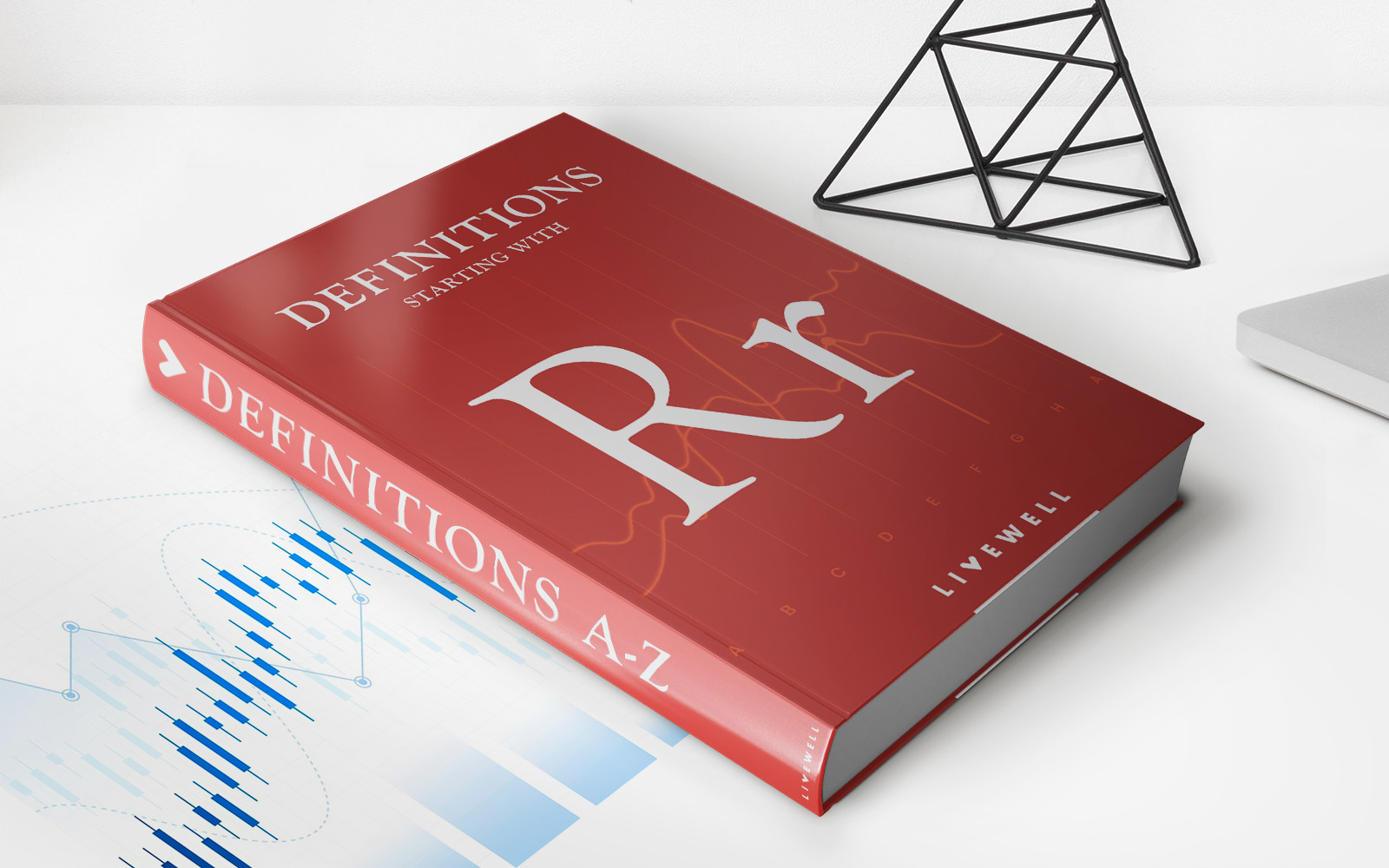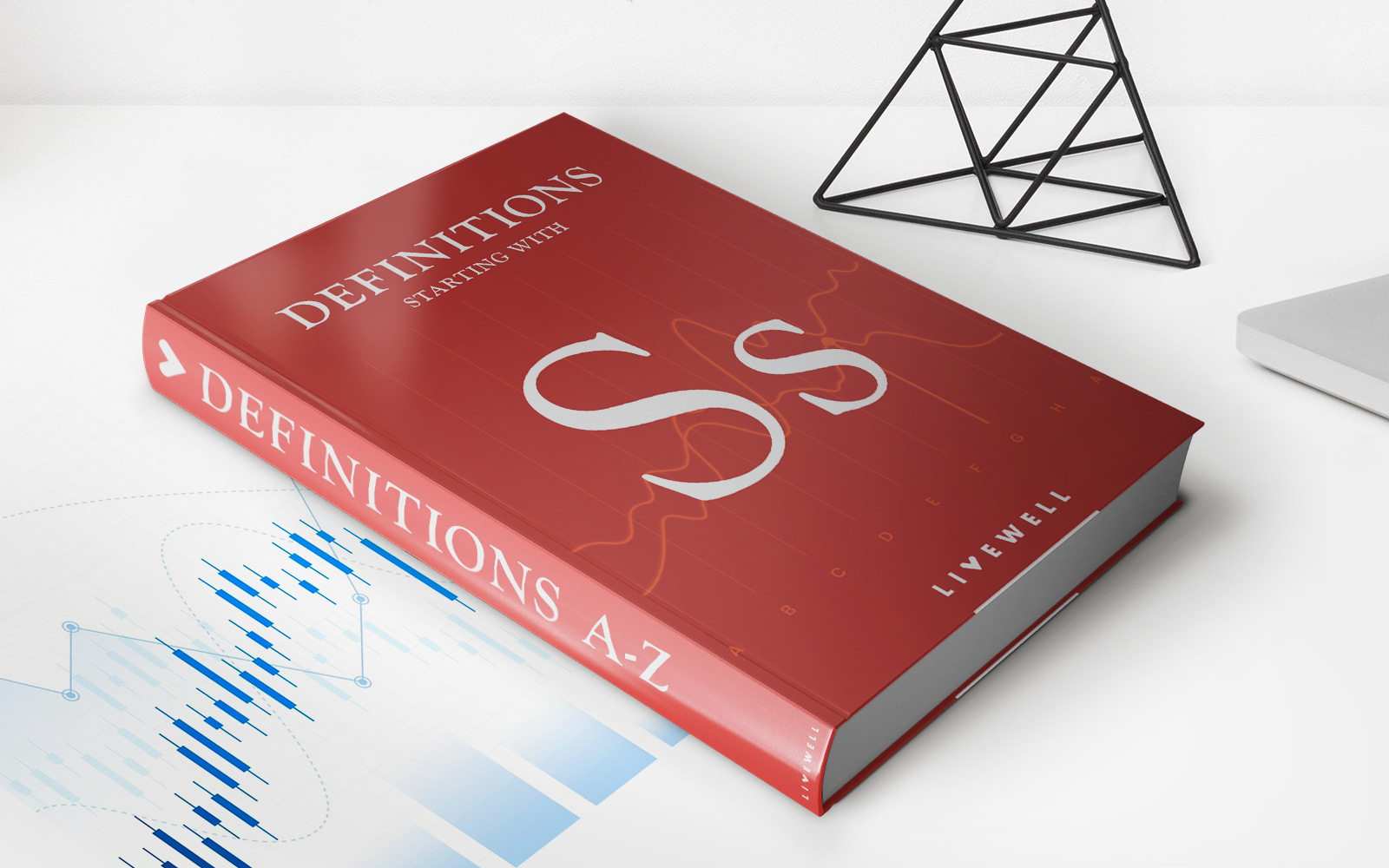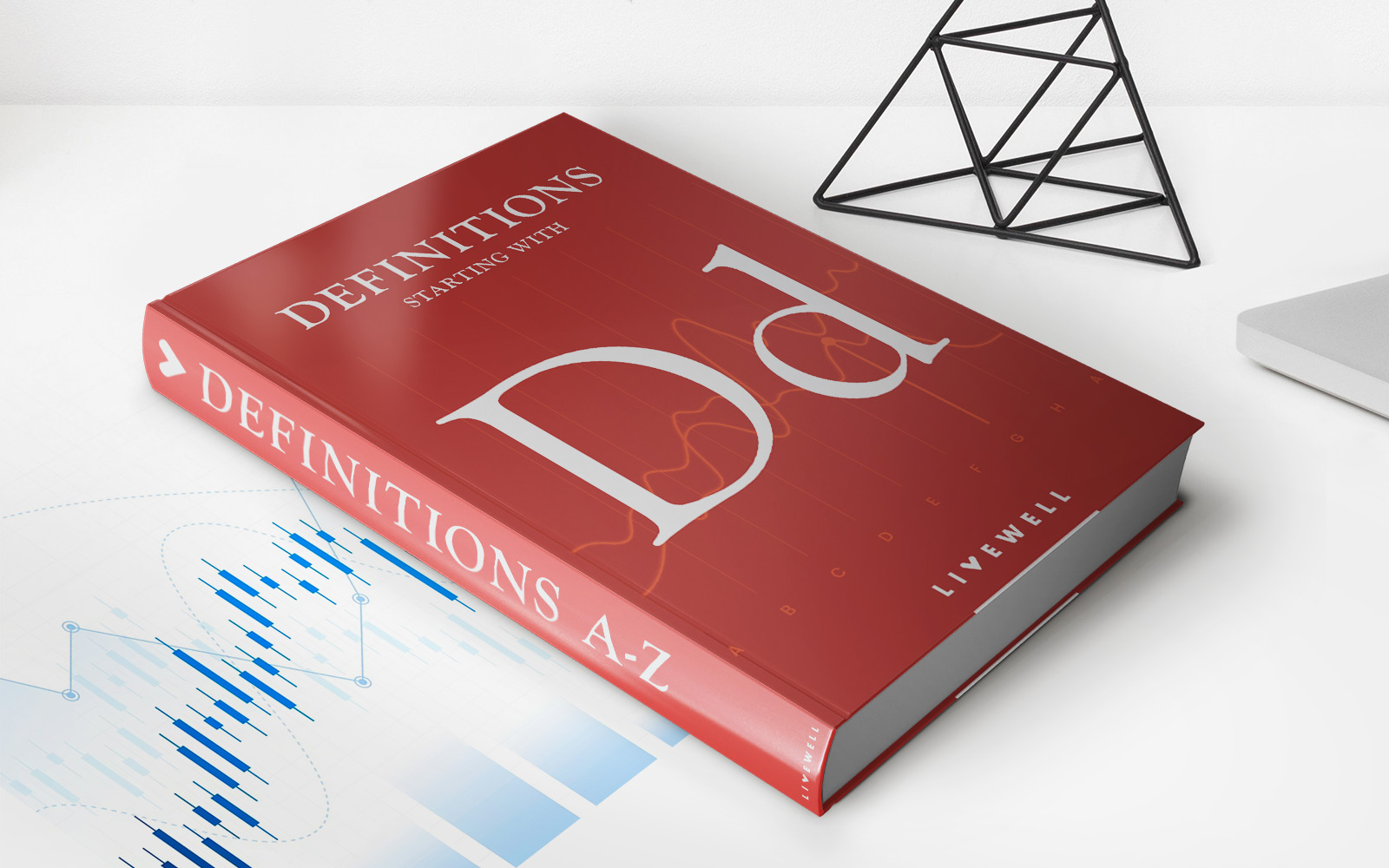

Finance
Labor Union: Definition, History, And Examples
Published: December 16, 2023
Discover the definition, history, and examples of labor unions in the finance industry. Gain insight into the significance and impact they have had throughout time.
(Many of the links in this article redirect to a specific reviewed product. Your purchase of these products through affiliate links helps to generate commission for LiveWell, at no extra cost. Learn more)
Understanding Labor Union: Definition, History, and Examples
Gaining a solid understanding of labor unions is crucial for anyone interested in finance, as these organizations play a significant role in shaping economic and social policies. In this blog post, we will delve into the definition, history, and examples of labor unions. So, grab a cup of coffee, sit back, and let’s dive right in!
Key Takeaways:
- Labor unions are organizations that represent the collective interests of workers, aiming to secure better wages, benefits, and working conditions.
- They have a rich history and have been instrumental in driving social progress, improving workers’ rights, and shaping labor laws and policies.
What is a Labor Union?
A labor union is an organized group of workers who come together to collectively bargain with employers for better wages, benefits, and working conditions. These unions operate on the principle that by joining forces, workers can negotiate more effectively and exert influence on their employers.
Labor unions typically advocate for and protect workers’ rights, including fair wages, reasonable working hours, safe working environments, and access to benefits such as healthcare and retirement plans. By representing the collective interests of employees, labor unions ensure that workers have a voice in the decision-making processes that impact their lives.
The History of Labor Unions
The history of labor unions dates back centuries, with the emergence of guilds and medieval trade organizations in Europe. However, the modern labor union movement gained significant momentum during the Industrial Revolution in the 18th and 19th centuries.
During this period, as industrialization progressed, workers faced harsh conditions, long hours, low wages, and limited rights. The need for collective action became evident, leading to the formation of the first labor unions. These early unions played a crucial role in demanding better treatment and improving working conditions for workers.
Over time, labor unions grew in influence and became more organized, leading to the establishment of legislation that protected workers’ rights. In the United States, for example, the formation of the American Federation of Labor (AFL) in 1886 and the subsequent passage of labor laws significantly shaped the labor movement.
Examples of Labor Unions
The UAW is one of the largest and most influential labor unions in the United States, representing workers in the automotive industry. It has successfully negotiated better wages, benefits, and working conditions for its members and played a pivotal role in the establishment of labor standards in the auto industry.
The NEA is the largest professional employee organization in the United States, representing teachers and other education professionals. It advocates for quality education, fair wages, and better working conditions for educators.
The SEIU is one of the fastest-growing labor unions in North America, representing workers in the healthcare, property services, public services, and aviation industries. It fights for better wages, benefits, and improved working conditions for its members.
In Conclusion
Labor unions have a rich history and continue to play a vital role in advocating for workers’ rights and influencing labor policies. By representing the collective interests of employees, labor unions have successfully secured better working conditions, improved wages, and access to essential benefits. Understanding the definition, history, and examples of labor unions is crucial for gaining insights into the financial and social implications that these organizations bring to the table.
So, the next time you hear about labor unions, remember the struggles and achievements that workers have fought for, and appreciate the impact they have on shaping our society.
